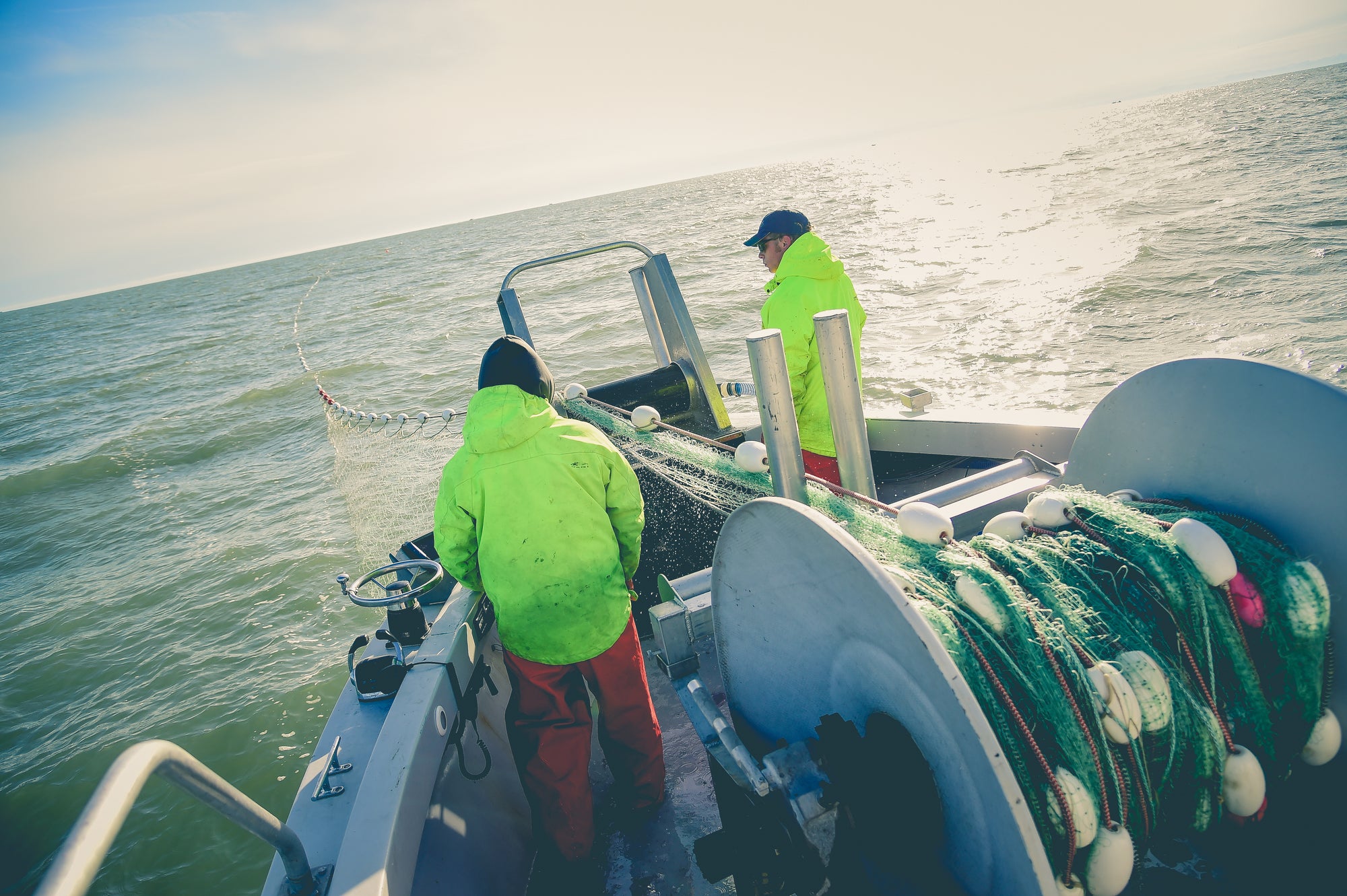
I want to share an idea that might initially seem counterintuitive but holds immense potential for conservation: "Eat Wild to Save Wild."
In Alaska, wild salmon is not just a prized delicacy but also a meticulously managed resource. The health of our oceans and rivers is intertwined with the abundance of this keystone species. As they journey from their birth streams to the vast ocean and back again to spawn, they not only sustain themselves but also provide a vital food source for our planet.
However, these days we can't take a natural process like this for granted. It requires financial resources to protect and preserve the habitats that sustain these salmon populations. This is where our consumption choices come into play.
When we choose to purchase and consume wild salmon, we're not just indulging in a delicious meal. We're also investing in the very ecosystems that support the salmon's lifecycle. The revenue generated from the sale of wild salmon contributes directly to the conservation efforts aimed at safeguarding rivers, preventing mining activities, curbing deforestation, and halting developments that threaten these critical habitats.
In essence, by valuing and supporting the consumption of wild salmon, we're creating a sustainable cycle of protection. Our actions translate into tangible benefits for both the environment and future generations.
The Copper River is still a clean and pristine river with no mining, deforestation, or development. Its 300 miles of waterways and deltas are highly protected for the salmon's return. This is because the Copper River salmon are so valuable, which makes them worth protecting.
When you choose wild-caught Alaskan Salmon, your choice is a vote for conservation and the preservation of our natural heritage.
Together, let's eat wild to save wild.
Sena Wheeler



